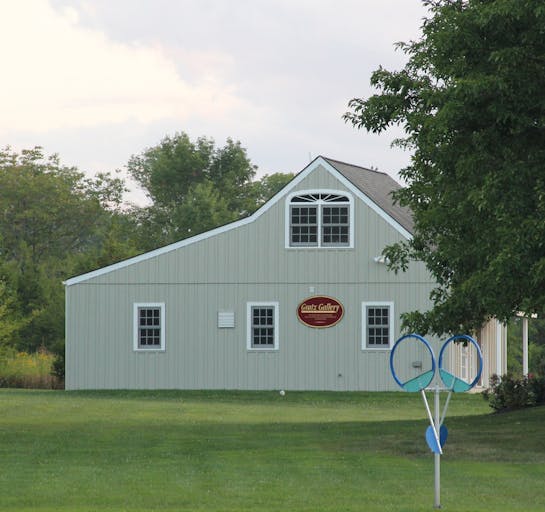Newell Convers (N.C.) Wyeth
1882-1945

Newell Convers (N.C.) Wyeth
1882-1945
Born in Needham, Massachusetts in 1882, Newell Convers (N.C.) Wyeth became America's greatest illustrator as well as an accomplished easel painter. He did illustrations for most of the major magazines and book publishers in the United States, including Saturday Evening Post, which ran his now infamous wild bucking bronco painting on it's cover in 1903. He grew up on a farm near Walden Pond, Massachusetts with parents who encouraged his artistic talent. Patriarch to an artist dynasty, N.C. passed his love and talent for art to his descendants including son and daughter, Andrew Wyeth and Henrietta Hurd, as well as grandson, Jamie Wyeth.
N.C. Wyeth had a childhood interest in art, and in 1902, entered the Howard Pyle School of Art in Wilmington, Delaware. He went often with Pyle's classes to Chadds Ford, Pennsylvania. As a magazine illustrator for Scribner's, he traveled the West, spending time in 1904 in Arizona, and in 1906, returned for Outing Magazine. From these trips, he produced over 400 illustrations and paintings. When he returned to Delaware, he had numerous sketches and artifacts he'd collected, which he subsequently used in his paintings. Wyeth's work graced the pages of the foremost magazines of the day -- among them, Collier, Harper, Scribner's, Cosmopolitan, Century and McClure's.
Wyeth also illustrated children's books including Treasure Island. With money earned from that project, he bought 18 acres of land at Chadds Ford, Pennsylvania, now the site of Brandywine River Museum. In the 1920s, he became increasingly committed to easel painting and worked diligently to stay away from too many outside commitments so he was free to paint at Chadds Ford or the Maine seacoast, where he and his family vacationed. Later he told students that to be a good illustrator, one had to become an artist first.
While N.C. Wyeth's career was made as an illustrator, his true passion was landscape painting. He was a friend of Daniel Garber's and visited with Redfield in his studio.
In 1941, N.C. was elected to the National Academy of Design in New York and was also a member of the Salmagundi Club, the Society of Illustrators, and the American Federation of the Arts. His work is in the collections of The Brandywine River Museum and the Delaware Art Center in Wilmington.
At the peak of a brilliant career, N.C. Wyeth was killed, along with a grandson, in a train/car accident near Chadds Ford in 1945.
